Our Portland home inspection service…
…will help you make the biggest investment of your life with confidence and peace of mind!
Is the home you think you’re buying the home you’re actually buying? You should be able to buy a home without worrying about whether you’re being conned – especially if you’re paying for an inspection from a professional.
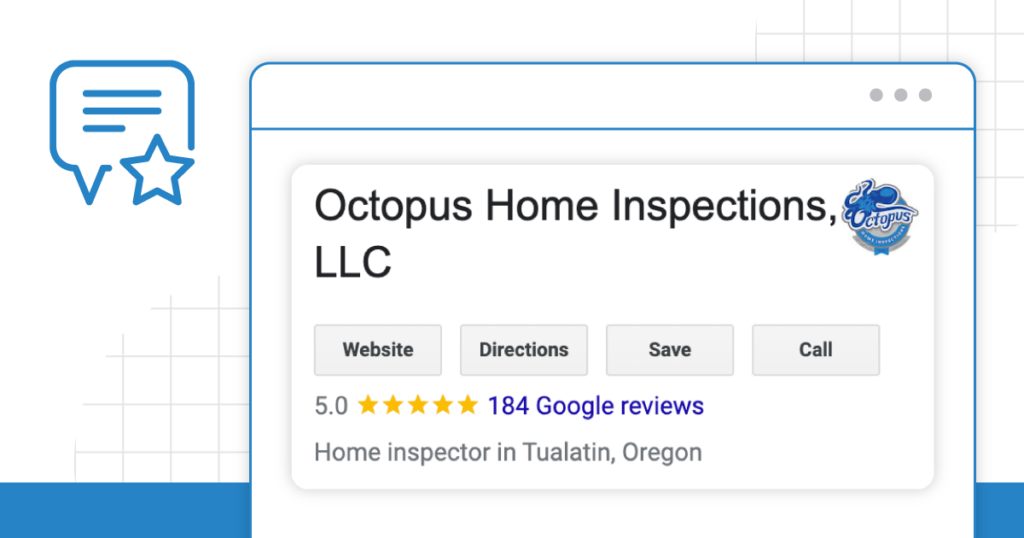
An Oregon Home Inspector You Can Trust
Buying a home is a significant, life-changing investment. Unless you’re a construction professional, buying a home requires a huge leap of faith. Finding the right home inspector is just as important as finding the right home.
- Founded in 2015
- Fully licensed, bonded and insured
- A five-star rated business based on unbiased Google reviews
Proudly Serving the Greater Portland Metro Area
Portland Oregon Home Inspection Services
With Octopus Home Inspections Portland Oregon, you’ll receive an unbiased, visual property inspection. The home will be thoroughly assessed from roof to foundation to identify any safety issues and help you understand the current conditions and nuances of the property.
Buyer’s property Inspection (Prepurchase Inspection)
This inspection, which takes place before closing on a home, covers hundreds of components in the home and includes a written report and photos, clearly outlining the current condition of the house and any safety concerns. With this report, buyers will have all the information they need to make a fully informed decision and prepare for future maintenance.
Warranty Home Inspection
(Builder Warranty Inspection)
Most home builders offer a one-year warranty on the materials and workmanship of the home. Near the end of the warranty, we recommend an inspection to prepare a list of items to present to the contractor.
New Construction Home
Inspection (New Construction
Phase / Draw Inspections)
These customized inspections are completed for homeowners or construction lenders during the construction process. The home is inspected at various stages in the building process as part of the quality assurance process or to allow for the release of the next phase of funding.
Seller’s Home Inspection
(Pre-Listing Inspection)
Completed prior to listing or selling a home, our pre-listing inspections will give current owners an idea of maintenance needed. The report will help you sell the home more quickly and seamlessly, providing potential buyers with confidence in the condition of the home.
Maintenance Home Inspection
These inspections help homeowners identify issues that need maintenance or replacement. They can help you avoid larger, more expensive repairs in the future and help you prioritize any issues that require immediate attention.
Sewer Scope Inspection
Radon Testing
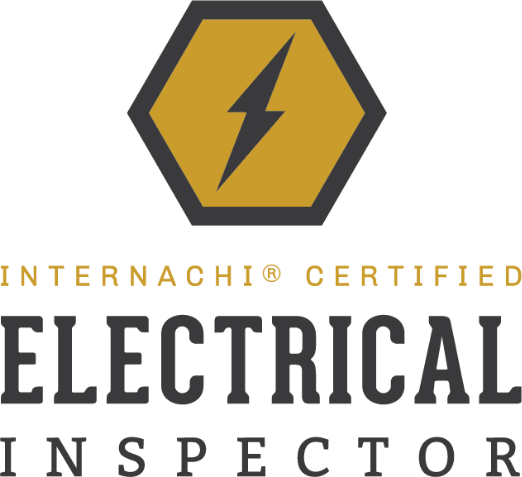
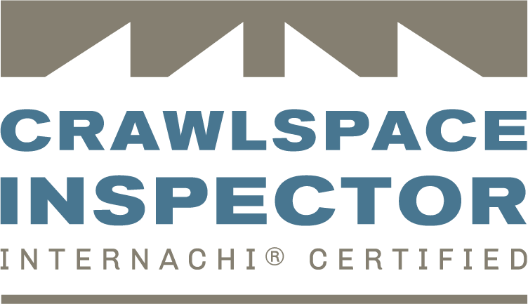
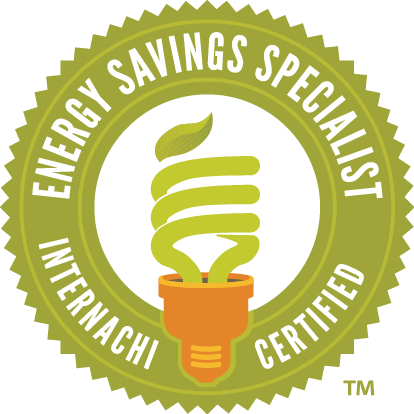
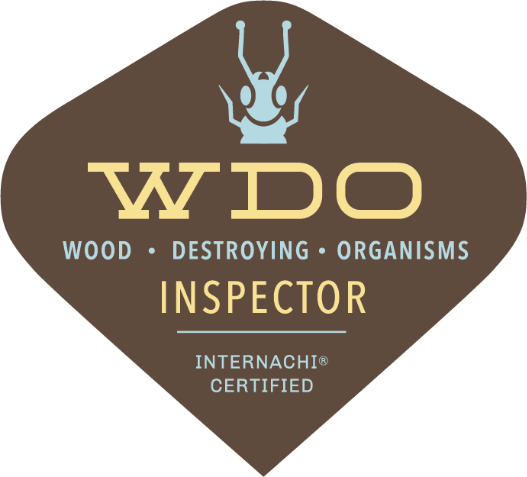
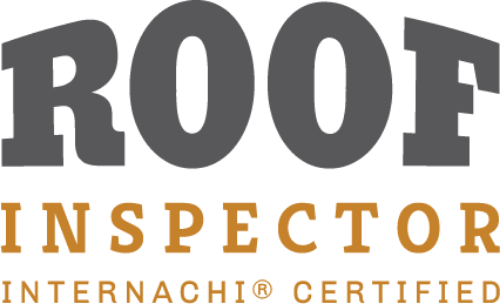
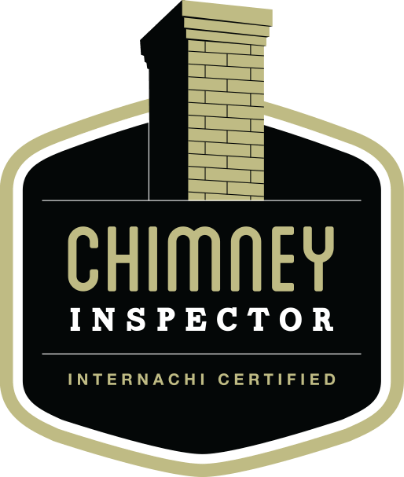
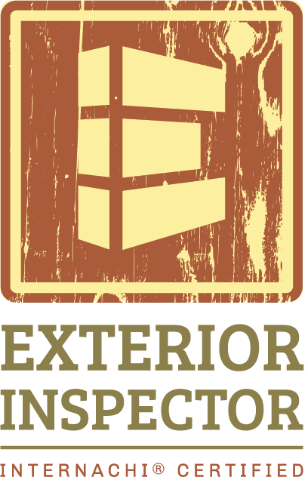
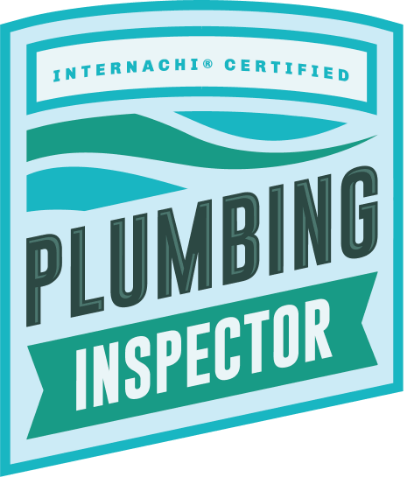
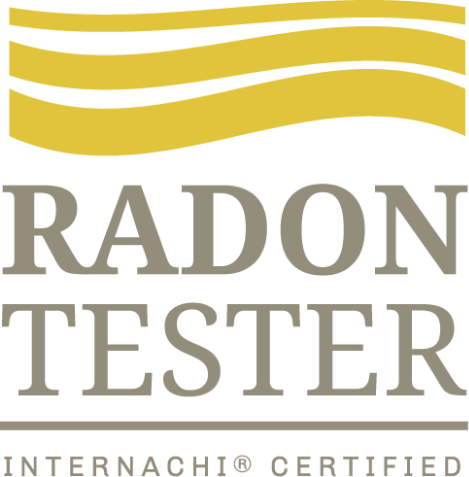
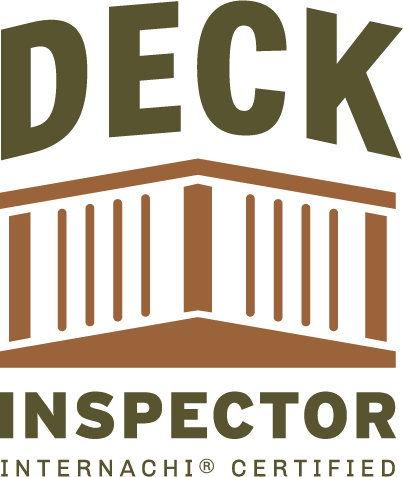




















Portland Property Inspectors Pricing*
Includes Standard Home Inspection + Inspection Report (delivered electronically)
Standard Home Inspections
Includes Standard Home Inspection and an inspection report, which is delivered electronically.
Under 1000 sqft: $450
1000-1499 sqft: $475
1500-1999 sqft: $500
2000-2499 sqft: $525
2500-2999 sqft: $550
3000-3499 sqft: $575
3500-3999 sqft: $600
4000-4499 sqft: $650
4500-4999 sqft: $700
5000-5499 sqft: $750
5500-5999 sqft: $800
*Octopus Home Inspections reserves the right to increase inspection
costs by $25 for locations beyond 25 miles from its office location.
*Homes built prior to 1950 may be subject to an additional fee
of $25 per inspection.
*Unattached Garages and Outbuildings are not included in the
above price listing.
Unattached Garages & Outbuilding Inspections
$150 each
Each structure is a-la-carte.
Radon Testing Portland
48 Hour Radon Test and Report: $160
NOTE: Radon testing should be scheduled and allowed to collect data for 48 hours before the actual standard inspection starts. Please allow for this timing when scheduling.
Sewer Scope Inspections
Sewer Scope, Electronic Report, and Video Link: $160
Three Steps to Buying a Home With Confidence
Book Your Home Inspection
Choose the home inspect service that best fits your needs and you’ll receive an unbiased, visual home inspection.
Receive Your Inspection Report & Get Your Questions Answered
We’ll provide you with a thorough written report and photos that clearly outline the current condition of the home and any safety concerns, then answer any remaining questions you may have.
Purchase Your Home With Peace of Mind
Now fully-informed about the condition of the home, you can make the best possible decision for you and your family. What’s more, we’ll provide you with unlimited follow-up support as needed.
Happy Home Inspection Customers
Book Your Home Inspection Easily with Our Online Scheduler
With a purchase as significant as buying a home, you need to be fully informed so that you can feel 100% confident in your decision. Do away with doubt and schedule a home inspection with our experts in Portland, Oregon today!
Schedule by Phone
971-340-8880
Mailing Address
2410 SE 121st Ave. Suite 206
Portland, OR 97216
Why Choose Us as Your Portland OR Home Inspector?
At Octopus Home Inspections Portland Oregon, we understand that the idea of buying a home without knowing the full picture is scary and overwhelming. With this in mind, we go above and beyond in our home inspection services in order to provide you with the utmost peace of mind that the home you think you’re buying is the home you’re actually getting.
What’s Covered in a General Home Inspection
- Roof Condition Inspection
- Structural Inspection
- Heating and Cooling Inspection
- Electrical Service Inspection
- Site Topography Inspection
- Operable Windows Inspection
- Major Appliances Inspection
- Insulation Inspection
- Plumbing Condition Inspection
- Electrical Problems Inspection
- Decks and Stairs Inspection
- Tripping Hazards Inspection
- Bathroom Fixtures Inspection
- Counters Inspection
- Dishwasher Inspection
- Gutters and Downspouts Inspection
- Flashing Inspection
- Garage Doors Inspection
- Water Intrusion Inspection
- Wood Destroying Insects Observations
- Hand Rails Inspection
- Drywall Inspection
- Water Heaters Inspection
- Siding Inspection
- Foundation Inspection
- Visual Inspection for Potential Mold or Fungus
